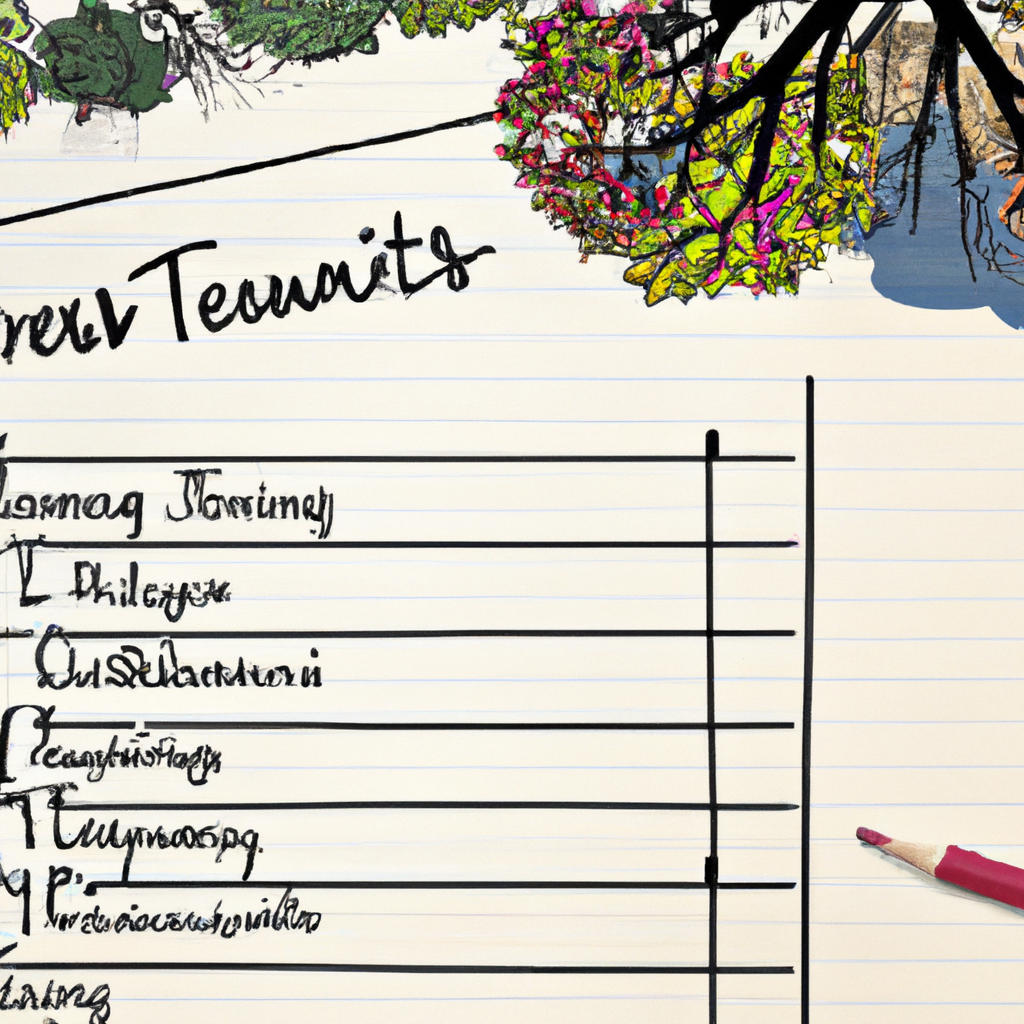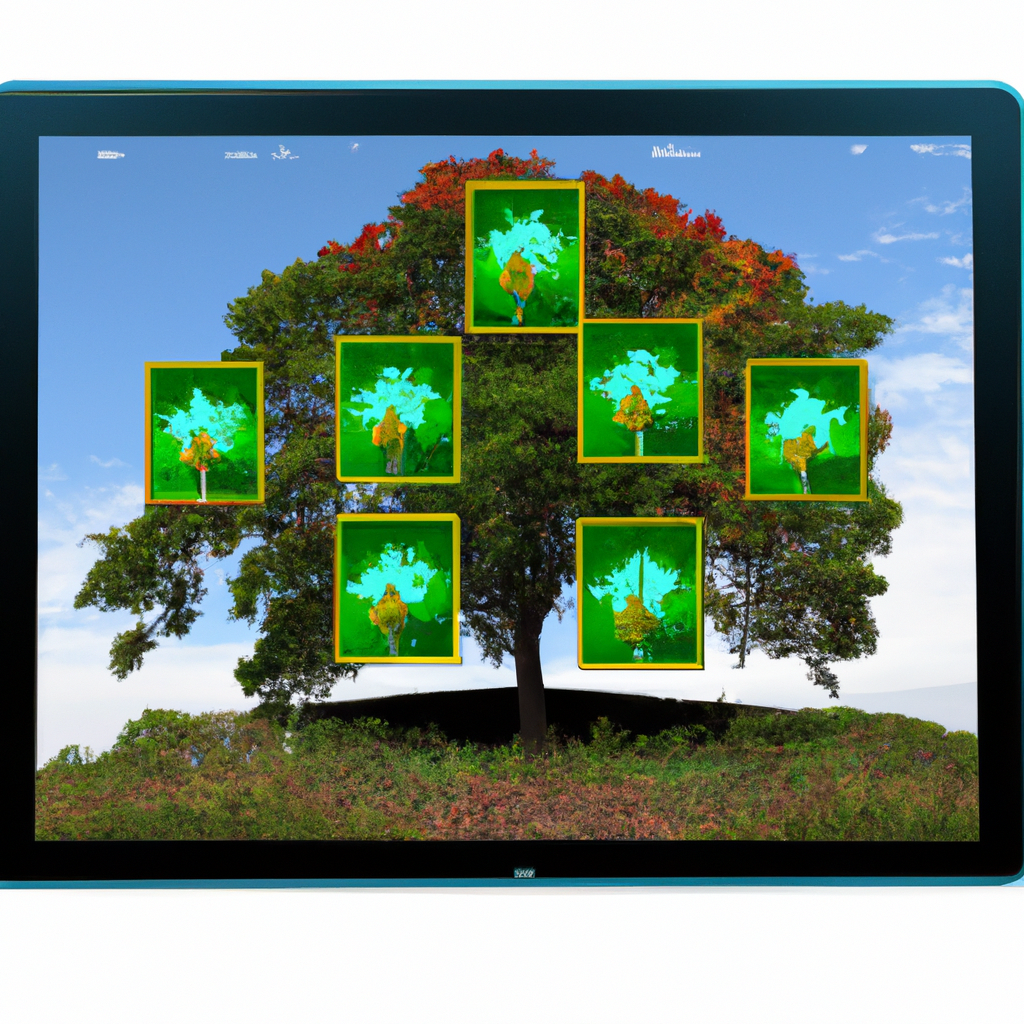Transform Your Career: Enroll in Premier Landscape Design Courses Today!
Hey folks! 🌿 Today, I want to chat about something close to my heart and share a bit about this wonderful course I stumbled upon: ‘Integrating Native Plants into Sustainable Landscape Designs.’ It’s got me thinking a lot about how we can bring our gardens back to life using plants that have been around way longer than any of us!
So, let’s dive in. This course is all about using native plants—those resilient green warriors that are perfectly adapted to your local climate. You might be wondering why this matters? Well, these plants are like the unsung heroes of the gardening world. They require less water, they’re naturally pest-resistant, and they offer food and shelter for local wildlife. It’s like hitting the jackpot of gardening with fewer headaches!
When I started my own garden journey (trust me, it was more like stumbling blindly through a forest), I didn’t know much about native plants. My first attempt was filling up spaces with whatever looked pretty at the nursery. Spoiler alert: many of those exotic beauties didn’t make it through their first summer.
That’s when I decided to take this course on integrating native plants into sustainable designs. From the get-go, it felt like sitting down with an old friend who knows exactly what you need before you even say it.
One thing that stood out immediately was learning about plant communities—how certain natives thrive together because they’ve evolved side-by-side for eons. It reminded me of my childhood neighborhood gang; we just clicked naturally (well, most days anyway).
There was this one module where we explored real-life examples from different regions. Like in California—a place blessed with stunning landscapes—they’ve got these jaw-dropping gardens filled with California poppies and sagebrushes. Not only do they look spectacular against those sunlit hillsides but also help conserve precious water during dry spells.
And then there’s my favorite part—the personal stories from other gardeners who’ve taken this leap toward sustainability too! One story that stuck with me came from Jane in Texas (hey Jane if you’re reading!). She transformed her barren backyard into a vibrant oasis by planting bluebonnets and Indian paintbrushes along winding paths lined by live oaks—talk about painting nature’s canvas right at home!
Now don’t get me wrong—it wasn’t always smooth sailing throughout the course either; figuring out soil types had its fair share of challenges… kind of felt like solving puzzles without instructions sometimes! But hey—that sense of achievement when things finally fit together? Totally worth every head-scratching moment.
Another gem shared within this community-focused class was understanding how each plant serves multiple purposes beyond aesthetics alone—from providing nectar sources for bees fluttering busily around blossoms or offering nesting materials hidden amongst tall grasses swaying gently under breezy afternoons—it made everything feel interconnected somehow… almost magical really!
So whether you’re new here looking curiously at empty patches waiting patiently outside your window sill yearning transformation—or perhaps seasoned pros seeking fresh inspiration amidst familiar surroundings—I highly recommend giving “Integrating Native Plants” course tryout next time curiosity strikes hard enough push boundaries beyond usual comfort zones—and trust yourselves embark exciting adventures reconnecting deeply-rooted ties between land beneath feet sky above heads once again breathing newfound life back garden spaces flourishing abundantly same time supporting broader ecosystems equally so vital today tomorrow alike across generations yet come forth bravely forward true champions embracing change wholeheartedly hand-in-hand united cause greater good together forevermore!



